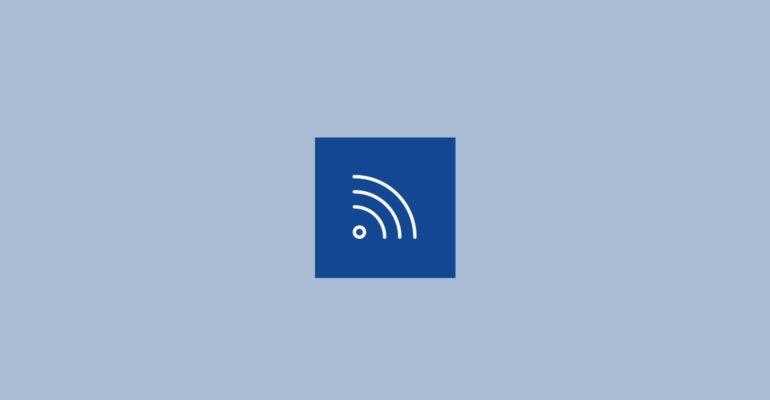The Feedinfo News Service spoke to Alexandra de Athayde, IFIF’s Executive Director, about IFIF’s key projects in 2013 and her view on the direction of the feed industry.
Mar 27, 2013
INTERVIEW: IFIF’s Expectations and Projects for the Industry in 2013.
Source: Feedinfo News Service (dated 27/03/2013)
In spite of a difficult 2012, compound feed production is fast approaching 1 billion tonnes annually, and will continue to grow modestly in 2013, according to figures from the International Feed Industry Federation (IFIF).
In recent years, feed production has been supported by an increase in the demand for animal protein worldwide, with production growing in the developing world while remaining more or less stable in developed countries.
Yet, with issues such as the US drought, 2012 was a challenging time for many in the industry: IFIF reports that feed production in the US and Brazil slipped slightly compared to 2011 (USA -1.5 percent, Brazil -3 percent.), while the EU 27 had stable production.
Meanwhile, in China there was approximately five percent growth in production.
Feedinfo News Service spoke to Alexandra de Athayde, Executive Director of IFIF, about her expectations for the global industry moving forward and the federation’s projects to represent and support the industry in 2013.
IFIF is predicting two-percent growth for the global feed industry this year.
However, de Athayde says that this increase will depend on the global grain production, biofuels policies and export demand, in terms of feed availability and affordability, although the pet food and aquaculture industries will continue to grow strongly.
She says that high input prices, which squeeze both feed manufacturers and animal protein producers, remain an issue. “For example, 2013 started with high prices of corn and soybean, which has been challenging for producers’ cash flows,” she says.
To maintain a clear picture of the industry as compound feed production continues to expand, IFIF and the FAO Statistics Division recently agreed to collaborate on collecting, analysing and validating the industry’s figures.
De Athayde explains this collaboration builds on a 2005 memorandum of understanding between IFIF and the FAO, and aims for “a harmonisation of global feed statistics”.
IFIF’s Main Aims for 2013
Furthermore, IFIF is concentrating on three main strands of work in 2013: facilitating dialogue with the whole feed and food chain and international regulators; working with its members to measure and improve the environmental performance of the livestock production chain; and working at an international level on the development of feed standards and a convergence of regulatory processes.
Facilitating dialogue
De Athayde says one of IFIF’s main aims is to facilitate dialogue on issues of policy, education and technology, in connection with the production of “a safe, nutritious, sustainable and affordable global food supply both with the whole feed and food chain and international regulators”.
At the sixth International Feed Regulators Meeting (IFRM), which will be held in Sun City, South Africa, on 9 April, topics will include the next steps of the CODEX ad hoc Intergovernmental Task Force on Animal Feed; an update on the new feed regulations in US, Canada, China; and a workshop on African regulators and industry issues and priorities in the area of feed.
The fourth Global Feed & Food Congress (GFFC) on 10-12 April 2013, which will also be held in Sun City, will follow on from the IFRM, bringing together over 600 food and feed experts from around the world. De Athayde describes it as “a major milestone for IFIF and our collaboration with the whole feed and food chain”.
The congress will be opened by Tina Joemat-Pettersson, South Africa’s Minister for Agriculture, and de Athayde says discussions will cover the whole feed manufacturing and food processing value chain, with a special focus on feed and food safety, food security, technology and sustainability.
Improving Environmental Performance
A second aim for IFIF is working with its members “to meet the sustainability challenge”, which de Athayde defines as producing more, while using less, at an affordable cost. She says IFIF is currently undertaking three key projects with regards to this challenge. . .
To continue reading the article please click here.

